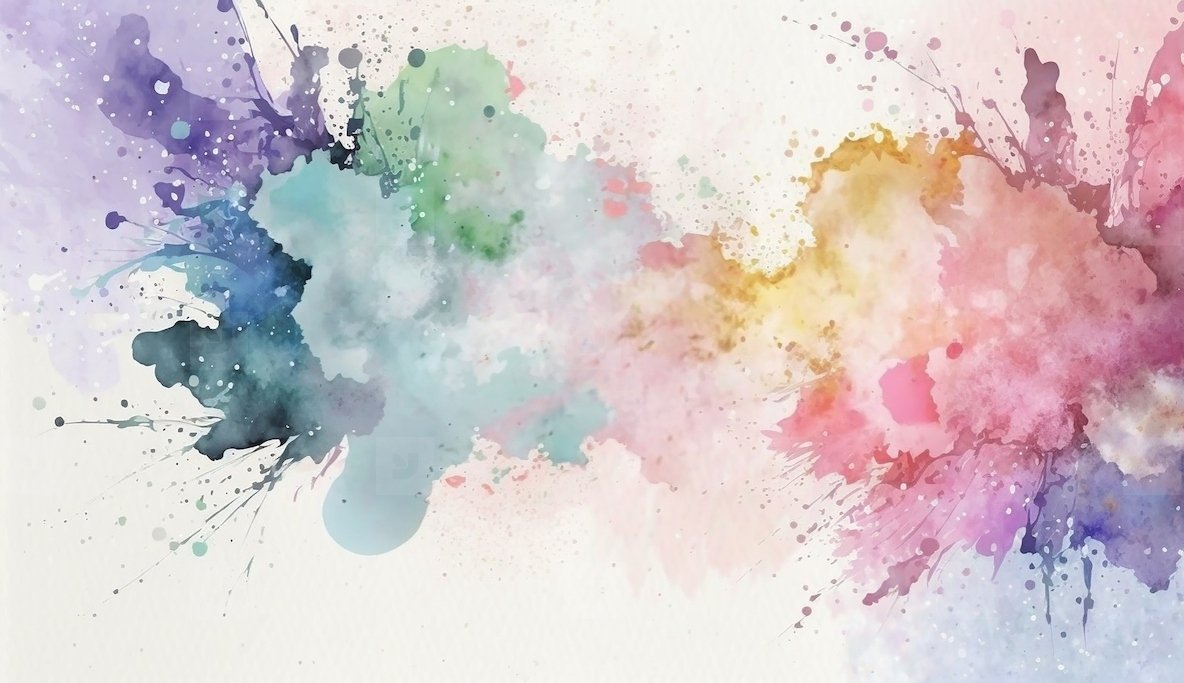
Expressive arts therapy
Expressive arts therapy is a creative way for people of all ages—kids, teens, and adults—to explore and express their emotions when words don’t feel like enough. Instead of just talking, it uses activities like painting, drawing, writing, music, movement, or acting to help process feelings, reduce stress, and gain insight. It’s not about being a great artist—it’s about using creativity to work through challenges, heal, and better understand yourself in a safe and supportive space.
Your Brain on Art
by Susan Magsamen & Ivy Ross
"Creativity is not a gift for the few, but a fundamental part of being human."
Expressive Therapies continuum
The Expressive Therapies Continuum (ETC) is a helpful framework used in expressive arts therapy to guide people through different ways of using creativity to express themselves. It breaks down how people interact with creative activities based on their emotions, needs, and current state of mind.
The ETC allows people to flow between these levels depending on what they need, giving them flexible ways to express and understand their feelings. Whether it’s through movement, visual art, or reflective thought, the ETC empowers individuals to heal, grow, and communicate creatively.
Expressive therapies continuum Levels
-

Kinesthetic-Sensory
This level is all about using the body and senses to express emotions. Activities like finger painting, sculpting with clay, or moving to music help release feelings and reduce stress. It’s a great option when words are hard to find or when someone needs to calm down and reconnect with their body.
-

Perceptual-affective
At this level, creativity helps connect to emotions. Through drawing, painting, or choosing colors, individuals can express what they’re feeling without needing to talk. This is especially helpful for people who want to explore their emotions or visualize their inner world in a safe, nonverbal way.
-

Cognitive-Symbolic
This level focuses on using creativity to make sense of experiences. Through storytelling, structured art, or reflecting on symbols, people can process thoughts, find meaning, and gain insights into their emotions or challenges. It’s ideal for those looking to reflect deeply on their experiences and make sense of their thoughts.



